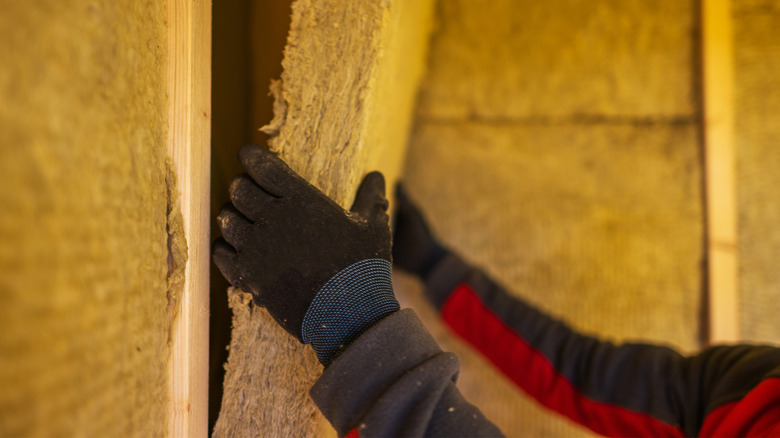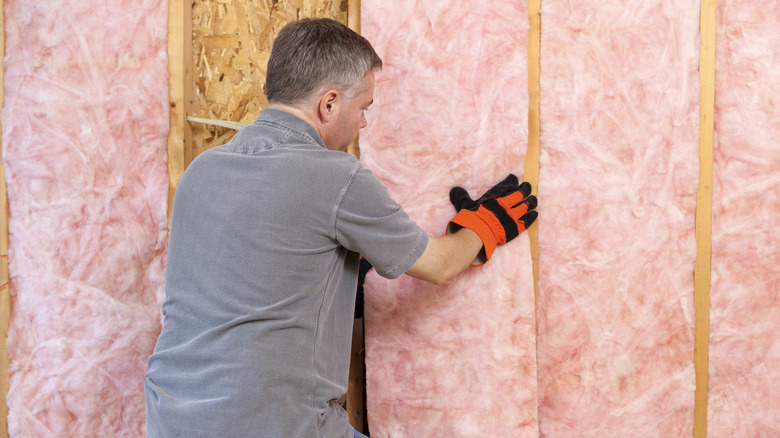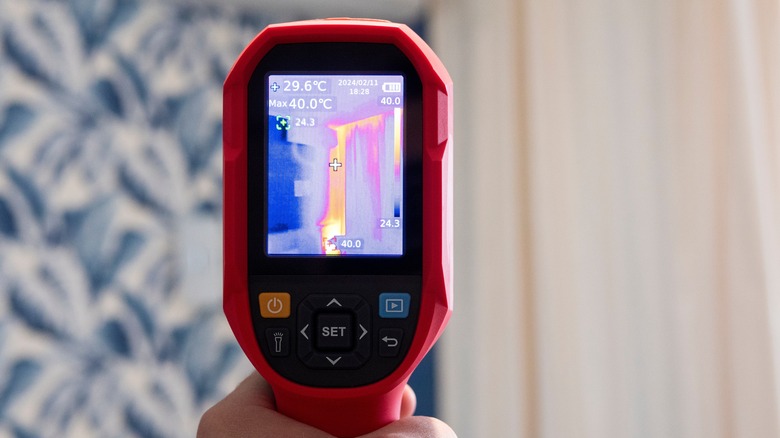How To Insulate A Shed On A Budget (& Common Mistakes To Avoid Making)
When it's time to insulate your shed, you'll know it. You'll try to store something and find that the elements aren't cooperating. It's too hot in summer and too cold in winter, and nothing you do about it — a window air conditioner, a space heater, fans that could blow a hurricane off course — makes any difference whatsoever. Take it from someone who ran a freestanding air conditioner inside a nylon tent while building his house: Without insulation, you're heating and cooling the sheds of power company executives, not your own. But it's not a grotesquely expensive project, and the big secret is to do what you might already be picturing in your head: Install (possibly pink) fiberglass batt insulation.
There are four outbuildings on my property that could be properly described as sheds: Two 6-by-8-foot plastic buildings, an 8-by-12 prefab building with storage lofts, and an 8-by-16 building purchased from a neighbor and being converted into an office space (far, far from the noise of my children). The first thing to know is that I won't be insulating the plastic buildings because it's essentially impossible. The 8-by-12 is getting pricey Rockwool insulation, and the 8-by-16 a DIY insulation called aircrete, which I strongly advise against. If you get the sense I know a little about doing budget insulation wrong, you have good sense. Luckily, in the process of making those decisions (which I stand by, mostly), I learned a thing or two about how to do it right, as well.
Properly insulating a shed on a budget
Choosing the right type of insulation for your garage or shed is complicated, but important because the most expensive item in your budget is almost certainly going to be — surprise! — the insulation itself. You only need to worry about this if you have a 2-by-4-framed shed, because it's impractical to insulate anything else. And, for reasons we'll return to later, the last thing you want to do is get inventive. Indeed, you don't want anything but fiberglass insulation (the pink stuff everyone accuses of being itchy). It's cheap, effective, and easy to work with. Less expensive mineral wool batt insulation is now widely available, but it's still considerably more expensive than fiberglass, and reviews aren't spectacular so far. Some back-of-the-envelope calculations based on an 8-by-12 shed with doubled batts for ceiling insulation: Lowe's Johns Manville TempControl R-15 mineral wool insulation prices out at $426.37, while Lowe's CertainTeed InsulPure R-19 fiberglass batt costs $231.83. Fiberglass it is, then.
From a budget perspective, it's a mistake to use expensive products like mineral wool. You'll recall that I'm using it for my 8-by-12 shed, but that's only because the building is a small recording studio, and Rockwool has good sound-dampening properties. (I'm also using fabric interior walls, if you're wondering how that could possibly work.) But for the average shed, products like Rockwool (which costs almost 50% more than the Johns Manville product on a square-foot basis) are an unnecessary expense.
Mistakes to avoid when insulating a shed
Another mistake is skipping the vapor barrier, which is installed inside the insulation to keep moisture from being exchanged. This material is non-negotiable, especially if your shed has a metal roof. Speaking of metal roofs, in most of the U.S., you probably shouldn't insulate one with anything other than spray foam. This will prevent condensation on the inside, in turn preventing your building from deteriorating in a few years. (You can handle condensation with a vapor barrier, but it's a challenging retrofit.) While we're looking up toward the roof, don't forget about insulating the ceiling as well. And improvising with odd products like aircrete is often time-consuming, can have a steep learning curve, requires custom-built gear, and might even present a fire hazard in some cases.
Of course, not insulating might be the most expensive mistake of all if you plan to spend time in your shed or store anything that requires temperature control. You'll spend a fortune mostly heating and air-conditioning the outdoors — ask me how I know. But since insulation doesn't do much without air conditioning and heat, you really shouldn't be storing certain items in an outdoor shed without climate control, insulated or not. Don't do anything until you've determined if your shed really needs insulation. And, finally, don't expect too much from the material. Sheds aren't built like houses and can't prevent the exchange of air, thermal breaks, and other breakdowns that can make them uncomfortable sometimes. Learn to live with these nuisances and work around them.


